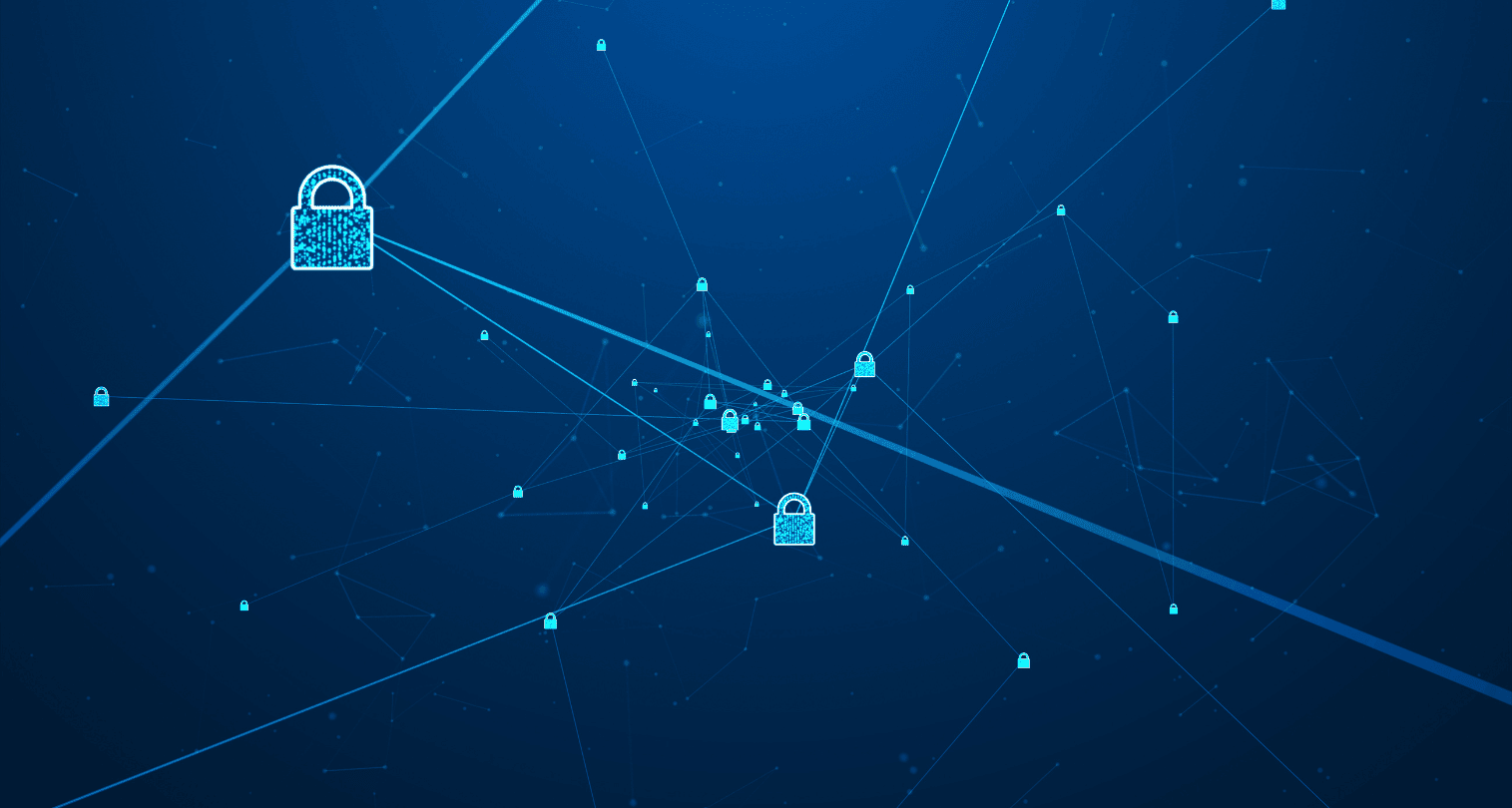Information Security Management System (ISMS)
Ensure that your outsourcing vendor has a proper Information Security Management System (ISMS) in place. If necessary, conduct an audit before signing a contract to ensure that they have adequate measures to protect your data.
Secure Data Access Mechanism
Create a secure data access mechanism, such as using mail or cell phone-based One Time Password (OTP), to protect data from any unauthorized access.
Establish Separate Secure Network
Establish a secure network that is separate from the rest of the company’s network. This will ensure that only limited data is being shared with the outsourcing partner.
Implement Remote Monitoring System
Implement a system of remote monitoring of the work done by the agents. Well-established third-party employee monitoring applications are available, and it is important to make a prior agreement on their use.
Set up Backup Plan for Critical Data
Set up a backup plan for the critical data that is shared with the outsourcing vendor. Ensure that data is backed up regularly and can be recovered in the event of a security breach.
Make Non-disclosure Agreement and Conduct Training
Make a non-disclosure agreement with the outsourcing partner to ensure that all data is kept confidential and secure. Ask them to conduct data security training for team members to ensure that they are aware of the security measures that need to be taken when it comes to data sharing.
In addition to the above-mentioned steps, the track record of the outsourcing firm is crucial. The length of time that the vendor company has been in the market and the length of time their customer companies have been with them demonstrates the trustworthiness of the outsourcing partner you are looking to outsource your work to.
However, with the right measures in place, it is possible to mitigate the risks and enjoy the cost benefits and quality of work that offshore outsourcing can provide.




